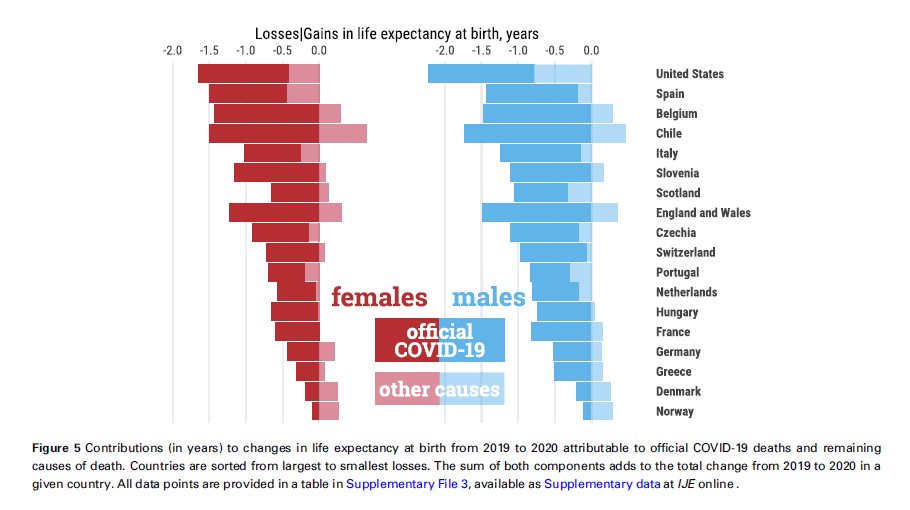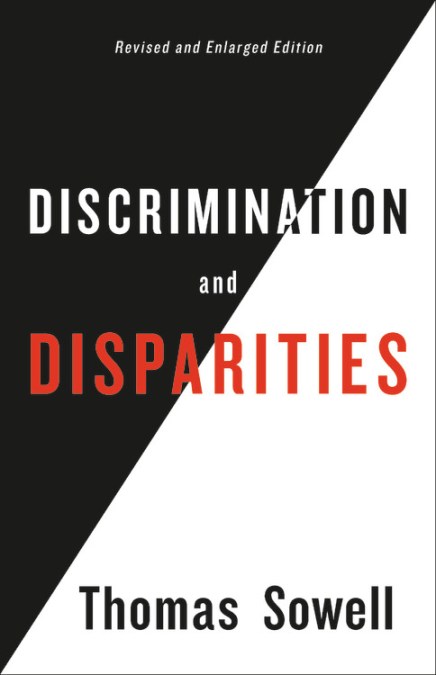Direct-to-Consumer Tests on the Market Today. Identifying Valuable Tests from Those with Limited Utility
For health care professionals, the analytical validity of DTC tests is a primary concern. Analytical validity of DTC genetic testing can be defined by analytical sensitivity and specificity whereby analytical sensitivity is defined as how often a test is positive when the genetic variant of interest is present in the tested sample, and the analytical specificity is defined as how often a test result is negative when the tested sample does not contain the genetic variant of interest.18 A recent study by Tandy-Connor and colleagues19 “indicated that 40% of variants in a variety of genes reported in DTC raw data were false positives” when compared with clinical confirmatory testing. This study highlights the need to scrutinize the analytical validity of DTC genetic testing and consider confirmatory testing in a clinical diagnostic genetics laboratory.
Per the American Society of Human Genetics, “companies offering DTC genetic testing should disclose the sensitivity, specificity and predictive value of the test, and the populations for the information is known, in a readily understandable and accessible fashion.”
Unfortunately, nobody cares about it, and the regulator is still on vacation.













